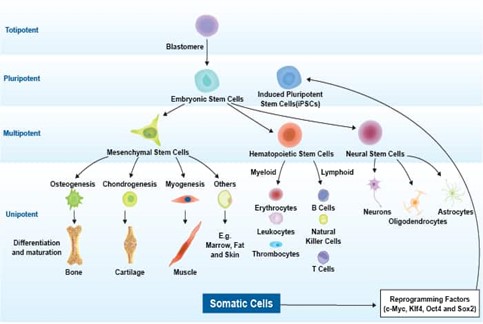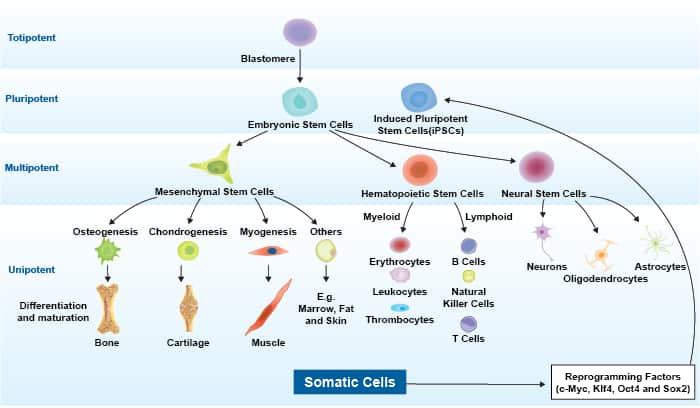- Courses
- GS Full Course 1 Year
- GS Full Course 2 Year
- GS Full Course 3 Year
- GS Full Course Till Selection
- Answer Alpha: Mains 2025 Mentorship
- MEP (Mains Enrichment Programme) Data, Facts
- Essay Target – 150+ Marks
- Online Program
- GS Recorded Course
- Polity
- Geography
- Economy
- Ancient, Medieval and Art & Culture AMAC
- Modern India, Post Independence & World History
- Environment
- Governance
- Science & Technology
- International Relations and Internal Security
- Disaster Management
- Ethics
- NCERT Current Affairs
- Indian Society and Social Issue
- NCERT- Science and Technology
- NCERT - Geography
- NCERT - Ancient History
- NCERT- World History
- NCERT Modern History
- CSAT
- 5 LAYERED ARJUNA Mentorship
- Public Administration Optional
- ABOUT US
- OUR TOPPERS
- TEST SERIES
- FREE STUDY MATERIAL
- VIDEOS
- CONTACT US
Researchers in US created synthetic human embryo like structures
Researchers in US created synthetic human embryo like structures
08-09-2023

Latest Context
Recently, a team of researchers in US created the first synthetic human embryo-like structures using stem cells without the need of eggs and sperms.
More about the news:
- These synthetic embryos are just like natural embryos in the earliest stages of development.
- These embryos lack a beating heart or the beginnings of a brain, but they contain cells that can give rise to the placenta, yolk sac etc.
What are Stem Cells?
- Stem cells are a unique type of cells found in the body that have the ability to develop into various specialized cell types.
- They are characterized by two essential features: self-renewal and differentiation.
- Self-renewal: Stem cells can divide and produce identical copies of themselves, ensuring a continuous supply of stem cells. This property allows them to maintain their numbers and remain undifferentiated.
- Differentiation: Stem cells can differentiate into specialized cells with distinct functions, such as nerve cells, muscle cells, blood cells, and more. This process is known as "differentiation," and it enables stem cells to contribute to the formation and repair of different tissues and organs in the body.
There are two main types of stem cells:
- Embryonic stem cells (ESCs): These stem cells are derived from embryos during the early stages of development. ESCs are pluripotent, meaning they have the potential to differentiate into any cell type in the human body.
- Adult or somatic stem cells: These stem cells are found in various tissues and organs of the body, even in adults. Adult stem cells are multipotent, which means they can differentiate into a limited range of cell types within the tissue or organ they are located in. For instance, Hematopoietic stem cells in the bone marrow can give rise to different types of blood cells.

Relevance of stem cells in biomedical research and therapies can be:
- Regenerative Medicine: Stem cells have the ability to differentiate into specialized cell types, making them valuable for regenerating damaged or diseased tissues and organs. Researchers are exploring the use of stem cells to treat conditions like spinal cord injuries, heart diseases, diabetes, and more.
- Drug Development and Testing: Stem cells can be used in drug development. By using stem cell-derived tissues, scientists can test the safety and efficacy of potential drugs before conducting clinical trials on humans. This helps identify promising drug candidates more efficiently and reduces the risk of adverse effects during the drug development process.
- Disease Modelling: Stem cells can be used to generate disease-specific models, providing researchers with a deeper understanding of various diseases. By creating stem cell lines from patients with genetic disorders or other conditions, scientists can study the disease progression and test potential treatments in a controlled environment.
- Immunotherapy: Certain types of stem cells, such as hematopoietic stem cells, are involved in the development of immune cells. In immunotherapy, stem cells can be used to enhance the immune system's response to cancer or other diseases. For example, hematopoietic stem cell transplantation is used to treat certain types of leukaemia and other blood-related disorders.
- Understanding Developmental Biology: Studying stem cells helps researchers gain insights into the processes of embryonic development and tissue formation. This knowledge is vital for understanding human development and potential developmental disorders.
Challenges related to stem cell technology are:
- Ethical Considerations: The use of embryonic stem cells raises ethical concerns, as it involves the destruction of human embryos. This has led to significant debates about the moral status of embryos and the appropriate ethical guidelines for stem cell research.
- Immune Rejection: When stem cells or their derivatives are used in transplantation, there is a risk of immune rejection by the recipient's body. The immune system may recognize the transplanted cells as foreign and attack them, leading to transplant failure. Developing methods to prevent or reduce immune rejection is a major challenge in stem cell therapies.
- Tumour Formation: Pluripotent stem cells have the potential to form tumours, if they continue to divide uncontrollably after transplantation.
- Incomplete Understanding of Stem Cell Biology: Although significant progress has been made in understanding stem cell biology, there are still many unknown things. The precise mechanisms governing stem cell behaviour, differentiation, and tissue integration are not fully understood.
- High Costs: Stem cell research and therapies can be costly due to the need for specialized facilities, skilled personnel, and extensive research. This high cost can limit access to stem cell treatments for many patients.
- Long-term Safety Concerns: Long-term effects of stem cell therapies are not always well understood, especially when it comes to potential side effects or adverse events that may arise years after treatment. Rigorous long-term safety studies are essential to ensure patient safety.
Conclusion and Way Forward
Despite these challenges, ongoing research and advancements in stem cell technology continue to offer hope for addressing many diseases and medical conditions. Collaborative efforts between scientists, regulators, and ethicists are necessary to overcome these obstacles and unlock the full potential of stem cells in transforming healthcare.



